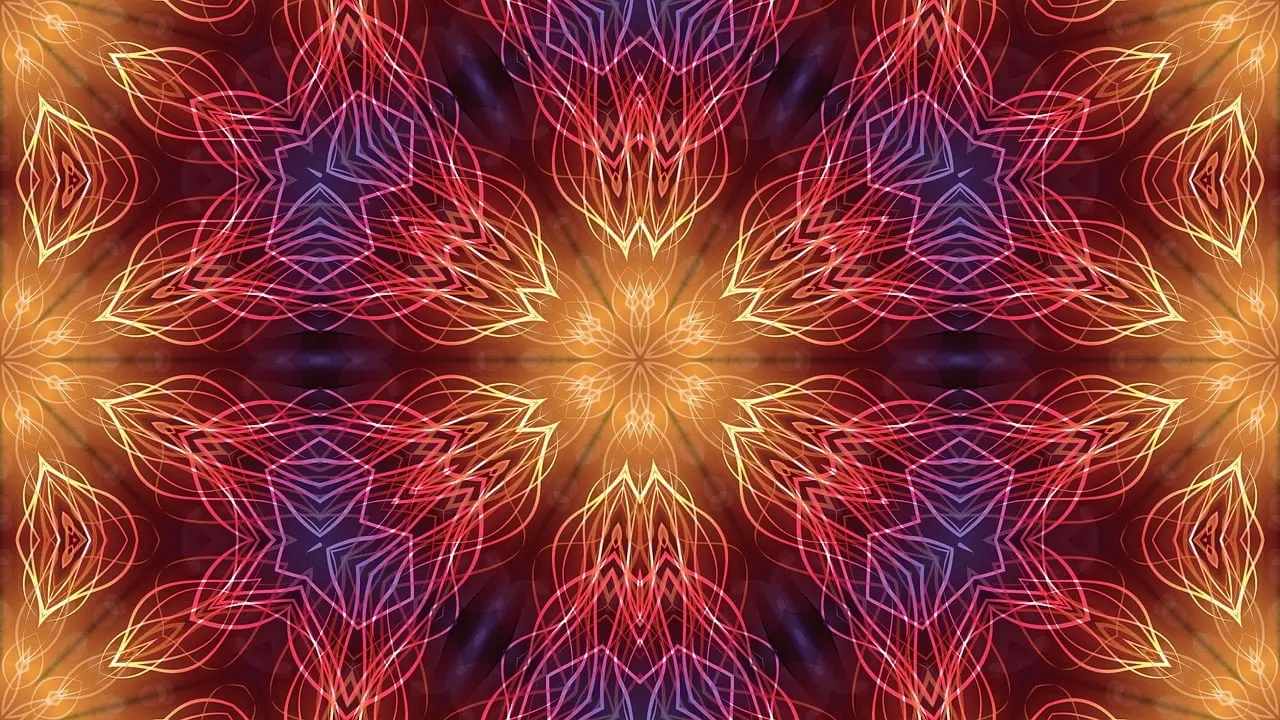The Cult of Hathor: Music, Dance, and Festivals

Looking for more amazing products? Check out our online store and explore our collection here! Happy shopping!
Before diving in, please note: This post is for informational purposes only. If you’d like to know more about how we approach topics, feel free to check out our friendly Disclaimer Page.
Hey there, amazing readers! 
We’re committed to delivering quality posts, and your support (even just sticking around despite the ads) means everything to us. So, bear with us, and thanks for helping us keep the good vibes rolling. Now, on to the fun stuff!
TRANSLATE BUTTON AT THE END OF THE ARTICLE
The Cult of Hathor: Music, Dance, and Festivals
Overview
The ancient Egyptian cult of Hathor was a fascinating and vibrant aspect of Egyptian culture.
This article explores the various elements of the cult, focusing on music, dance, and festivals.
Hathor, the goddess of love, music, and joy, played a central role in the lives of ancient Egyptians, and her worship was accompanied by elaborate musical performances, captivating dances, and exuberant festivals.
From the significance of music in Hathor’s worship to the instruments used and the role of musicians, this article delves into the rich and immersive world of the cult of Hathor.
Introduction to the Ancient Egyptian Cult of Hathor
The cult of Hathor was one of the most widely celebrated and influential religious practices in ancient Egypt.
Hathor, often depicted as a cow or a woman with the head of a cow, was worshipped as the goddess of love, music, and joy.
With her association with music and dance, Hathor’s cult became synonymous with festivities and merriment.
The cult centered around temples dedicated to Hathor, where worshippers gathered to honor and seek the blessings of the goddess.
Hathor: The Goddess of Love, Music, and Joy
Hathor held a significant position in the Egyptian pantheon as the goddess of love, music, and joy.
She was believed to bring happiness, fertility, and prosperity to her devotees.
As the goddess of love, Hathor was also associated with motherhood and protection.
Her nurturing and compassionate nature made her a beloved deity among both men and women.
In art, she was often depicted with a beautiful, serene countenance, symbolizing her benevolent presence.
The Significance of Music in the Worship of Hathor
Music played a central role in the worship of Hathor.
The ancient Egyptians believed that music had the power to connect mortals with the divine, and it was considered an essential element in religious rituals.
Music was seen as a means to invoke the presence of the gods and to express devotion and gratitude.
In the cult of Hathor, musicians played a variety of instruments, creating enchanting melodies that were believed to please the goddess and attract her blessings.
Dance as a Form of Worship in the Cult of Hathor
Dance was another integral part of the cult of Hathor.
The ancient Egyptians believed that dance had the ability to connect the physical body with the spiritual realm.
Through rhythmic movements and gestures, dancers sought to embody the essence of the goddess and communicate with the divine.
The dance forms associated with Hathor’s worship included both structured performances and spontaneous expressions of joy.
Dancers adorned themselves with elaborate costumes and jewelry, adding to the visual spectacle of the rituals.
Festivals Celebrating Hathor: A Joyous Affair
Festivals dedicated to Hathor were grand and joyous affairs that brought communities together in celebration.
These festivals were held throughout the year and marked significant events in the agricultural calendar, such as the flooding of the Nile or the beginning of the harvest season.
The festivals were characterized by music, dance, feasting, and offerings to Hathor.
They provided an opportunity for the community to come together, express their devotion to the goddess, and seek her blessings for a prosperous year ahead.
The Role of Musicians in Hathor’s Festivals
Musicians played a crucial role in the festivals dedicated to Hathor.
They were highly respected members of society and were believed to possess a special connection with the divine through their musical talents.
The music performed during the festivals varied in style and instrumentation, ranging from solemn melodies to lively tunes.
Musicians accompanied the dancers, creating a harmonious and immersive experience for the worshippers.
Explore the Path to Spirituality and Enlightenment – Start Here.
Their performances were seen as offerings to Hathor, and their skill and creativity were greatly appreciated.
Dance Rituals and Performances in Hathor’s Festivals
Dance rituals and performances were an integral part of Hathor’s festivals.
Dancers, both professionals and devotees, showcased their skills in elaborately choreographed routines.
These dances were intended to honor and invoke the presence of Hathor, while also entertaining and captivating the audience.
The movements were often symbolic, representing aspects of nature, fertility, or the goddess herself.
Dancers would often wear ornate costumes and use props to enhance the visual spectacle of their performances.
Songs and Lyrics: The Musical Offerings to Hathor
In addition to instrumental music, songs and lyrics were an essential part of the musical offerings to Hathor.
These songs were composed specifically for the worship of the goddess and were sung by both professional singers and worshippers.
The lyrics often praised Hathor’s beauty, power, and benevolence, expressing gratitude and devotion.
The songs were meant to evoke a sense of joy and celebration, creating a vibrant and uplifting atmosphere during the festivals.
Instruments Used in Hathor’s Worship: From Sistrum to Harp
A wide range of instruments was used in the worship of Hathor, each contributing to the rich and diverse musical landscape.
The sistrum, a percussive instrument with metal rattles, was closely associated with Hathor and was believed to have a mesmerizing effect on the goddess.
The harp, with its melodious and soothing tones, was another prominent instrument used in her worship.
Other instruments included drums, flutes, trumpets, and lyres, each adding its unique timbre to the musical performances.
The Connection between Hathor and Other Deities in Festivals
Hathor’s festivals often featured the involvement of other deities, creating a complex and interconnected religious experience.
Deities such as Ra, Osiris, and Horus were often invoked alongside Hathor, emphasizing their shared attributes and roles in the Egyptian pantheon.
The presence of these deities added depth and significance to the festivals, as worshippers sought the blessings and protection of multiple gods.
The interconnectedness of the deities reflected the belief in a unified divine presence in the world.
Modern Interpretations of Hathor’s Cult: Music and Dance Revived
While the ancient cult of Hathor has long ceased to exist, its influence on music and dance can still be felt today.
Modern interpretations of Hathor’s cult have revived the use of music and dance as spiritual practices.
Artists and performers draw inspiration from the ancient rituals to create immersive and transformative experiences for audiences.
The enduring legacy of Hathor’s cult serves as a testament to the power of music, dance, and celebration in connecting with the divine and finding joy in the world.
Conclusion
The cult of Hathor was a vibrant and joyous aspect of ancient Egyptian culture.
Through music, dance, and festivals, worshippers sought to honor and connect with Hathor, the goddess of love, music, and joy.
The significance of music in Hathor’s worship, the role of dance as a form of worship, and the grand festivals dedicated to the goddess created a rich tapestry of religious experiences.
The musicians, dancers, and worshippers came together to celebrate and seek the blessings of Hathor, creating a sense of community and connection with the divine.
Today, the legacy of Hathor’s cult continues to inspire and captivate, reminding us of the enduring power of music, dance, and celebration in our lives.

The Enlightenment Journey is a remarkable collection of writings authored by a distinguished group of experts in the fields of spirituality, new age, and esoteric knowledge.
This anthology features a diverse assembly of well-experienced authors who bring their profound insights and credible perspectives to the forefront.
Each contributor possesses a wealth of knowledge and wisdom, making them authorities in their respective domains.
Together, they offer readers a transformative journey into the realms of spiritual growth, self-discovery, and esoteric enlightenment.
The Enlightenment Journey is a testament to the collective expertise of these luminaries, providing readers with a rich tapestry of ideas and information to illuminate their spiritual path.
Our Diverse Expertise
While our primary focus is on spirituality and esotericism, we are equally passionate about exploring a wide range of other topics and niches 

To ensure we provide the most accurate and valuable insights, we collaborate with trusted experts in their respective domains 
Our blog originally focused on spirituality and metaphysics, but we’ve since expanded to cover a wide range of niches. Don’t worry—we continue to publish a lot of articles on spirituality! Frequently visit our blog to explore our diverse content and stay tuned for more insightful reads.
Hey there, amazing reader! 
Check out our store here and take a peek at some of our featured products below! Thanks for being awesome!















